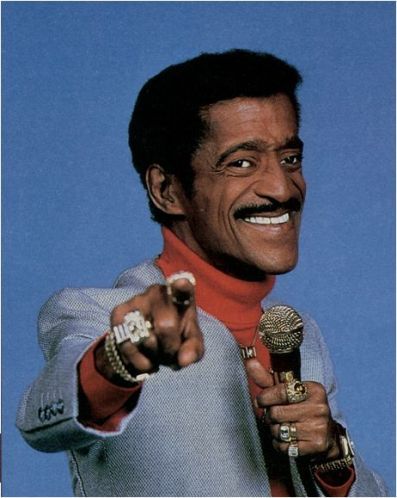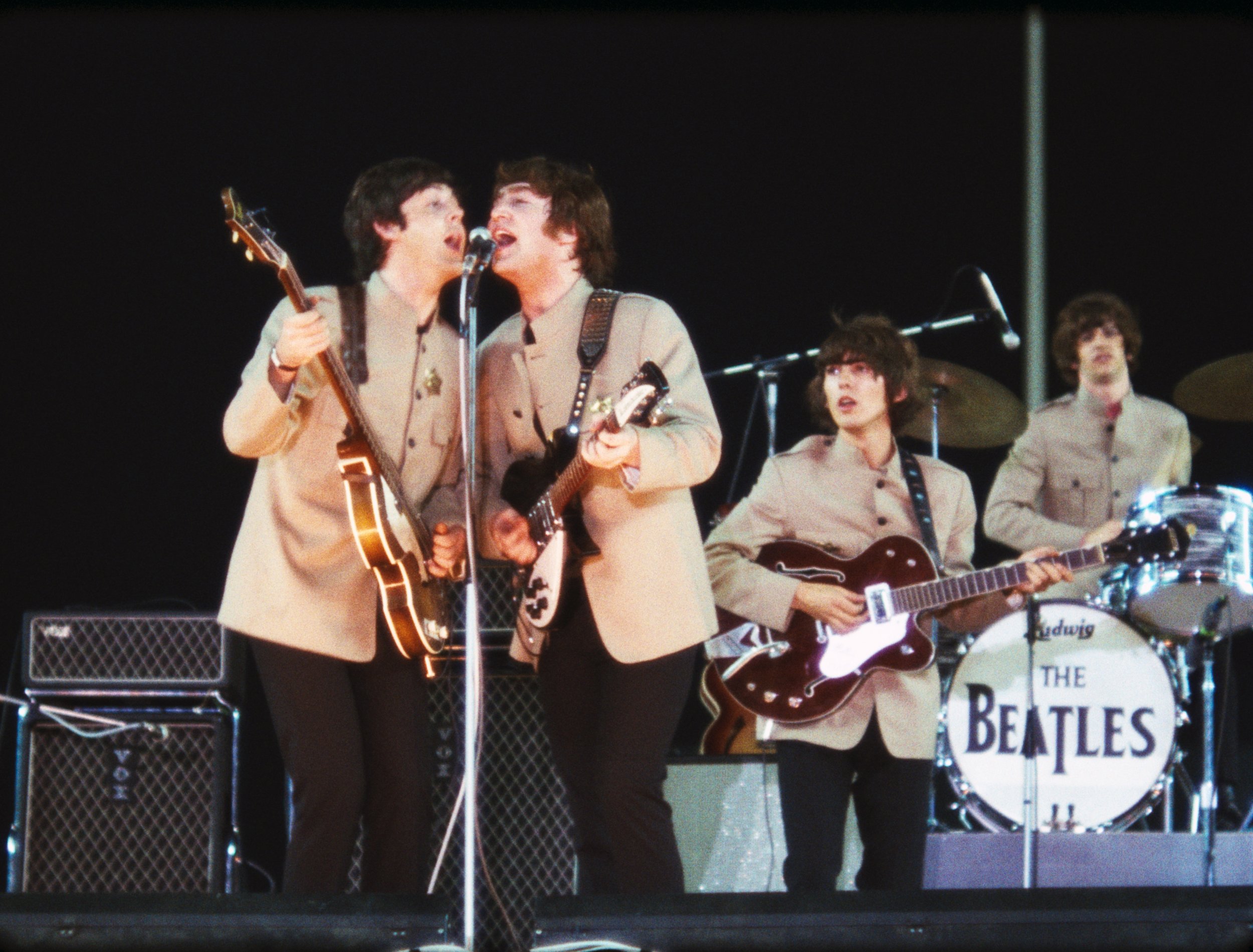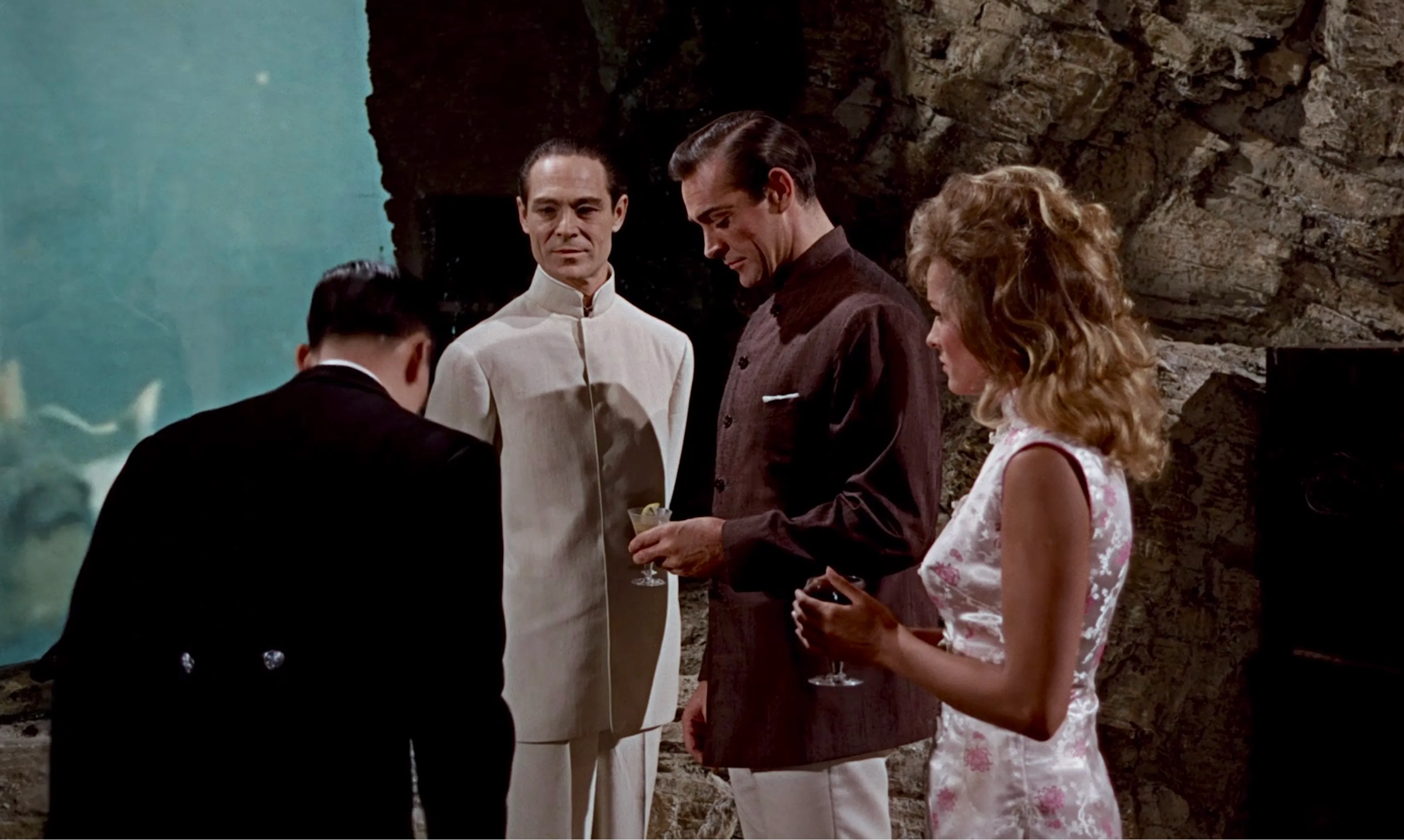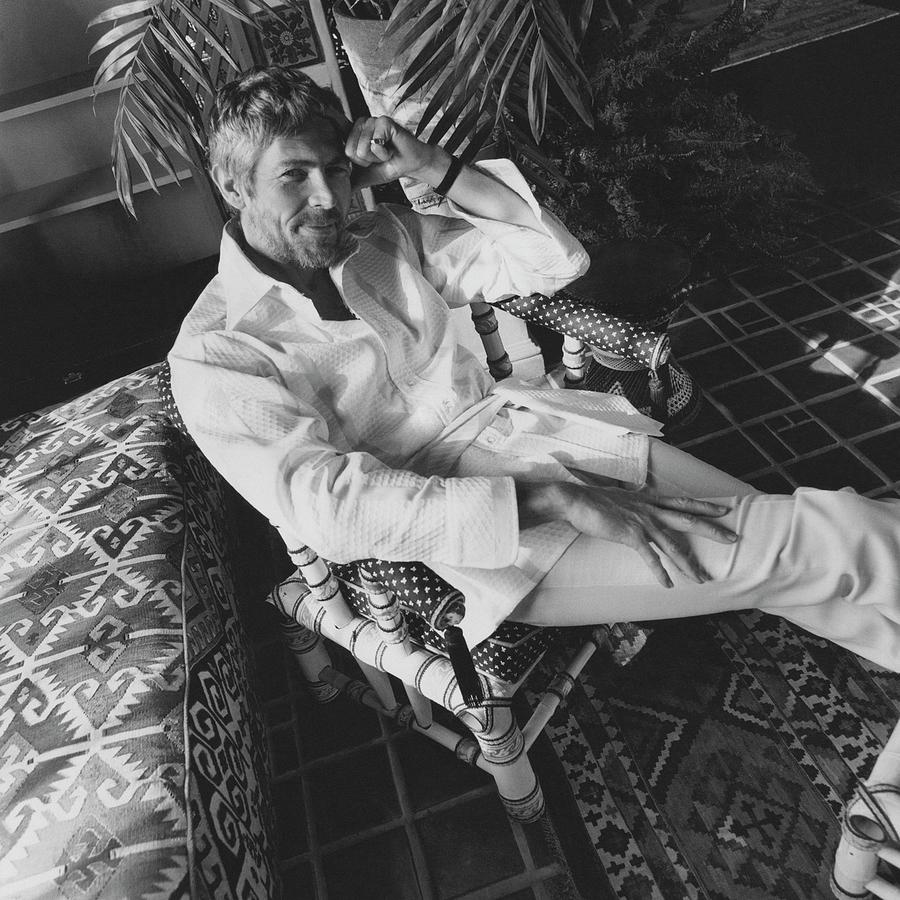
by Gwyn Conaway

The Emperor's New Clothes by Harry Clarke, inspired by the fashions of the Lucknow Court in present day India and Turkish fashions, a fitting comparison for this article.
A strange thing is occurring in American menswear this winter. A peculiar, most invisible thing. Invisible not because no one talks about it or buys it or advertises it… In fact, everyone from Playboy to J. C. Penny has brandished their bugle horn, lining up their bets behind this most fascinating fad.
No, it is invisible because although men are buying it, they simply aren’t wearing it.
It’s no surprise that men today yearn to move on from the somber three-piece suits and restrictive neckties that inspire discussions of Beau Brummel, Henry Poole, and two-hundred years of legacy. As the definition of American culture expands to include members of the Youth, Hippie, Women's Rights, and Civil Rights movements, just to name a few, young men have realized that they too can expand their own identities. Strangely enough, this ardent wish has manifested as the Nehru jacket.


Sammy Davis Jr in Fall 1968 wearing the new Nehru jacket trend with silk turtlenecks.
Named for Jahawarhal Nehru, the first prime minister of India, the Nehru jacket embodies many of the ideals of American youth. He was an anti-colonialist and social democrat determined to free his country from Western rule, a sentiment young people share against the backdrop of the Vietnam War. Like many other revolutionaries and thinkers from colonized cultures around the world, he chose to wear a traditional Indian coat called the achkan as a way of reclaiming India’s cultural autonomy by rejecting Western rules of business dress. Namely, the three-piece suit and the necktie.

Nehru met with Chancellor Konrad Adenauer and Deutsche Bank Chairman Hermann Josef Abs during a visit to West Germany in June 1956. He looks at ease next to the others with his top button undone, embodying a working class confidence that's defiantly attractive for a generation that distrusts establishment wealth and power, and searches for their own generational identity.
The Beatles wore Nehru jackets for their Shea Stadium concert in August of 1965, less than a year after the prime minister died in May of 1964. As we’ve discussed previously the article "Sgt. Pepper's Anti-War Military Rock Uniform," The Beatles have been an unstoppable force in shaping the fashions, and therefore the identities, of young people in the West through their mop haircuts, peacockish military designs, and bold color palettes. Others such as Sammy Davis Jr. and Lord Snowdon also donned the achkan-inspired look before Pierre Cardin introduced it to the American public last year.

The Beatles perform at Shea Stadium in matching putty Nehru jackets in 1965. Nehru's jackets were also grey and tawny colors. Sammy Davis Jr. often favors this utilitarian color palette in his Nehru jackets this winter.

The first James Bond film, Dr. No, mirrors the hero and villain through the Nehru jacket. Both jackets are made of silk, but Bond's walnut brown jacket is a rough-hewn shantung while the doctor's appears to be a granite silk suiting. The contrast of the fabrics and the fit of the collars both indicate a struggle between the people (Bond) and power (Dr. No).
From there, gossip and excitement over the look has spread like wildfire among experts and celebrities. Esquire went so far as to suggest that the Nehru would be the talk of the winter. But where has it gone? Why have we seen so few of them?
The rather complicated answer is comfort.
Inspired by the total rejection of Western ideals, the Nehru jacket is largely comfortable only to those who also heavily criticize the sum of our mainstream society. However, most consumers are average by default. As a result, such bold shifts are too adventuresome for their everyday lives. These kinds of trends, which often come with great excitement, are bright but brief flashes in the pan.
So what do these emperor’s robes suggest, if they’re bought then stuffed at the backs of closets and into the bottoms of trunks? Bold shifts that make it to retailers and mainstream entertainment, no matter how brief, are indicative of a great yearning in society. And the revolution is happening—it is just taking on a different form.
Rather than rehaul the rules of their workplaces and ceremonies with the Nehru jacket, men are turning to designers like Bill Blass and Ralph Lauren, who are introducing wider, bolder ties and more athletic country tweeds that speak to America’s love of working class leisurewear.


James Coburn in Bill Blass fashions as of November this year for Vogue. Though the fabrics are bold, the shapes are familiar, sporting collars and cuffs with an expeditionary style that calls back to Western expansionism. This, perhaps, is a much more comfortable avenue for change in mainstream menswear than inspirations such as the Nehru that wholly reject the Western lifestyle. Photographed by Henry Clarke.
I agree deeply with the critic Marshall McLuhan in his opinion that after centuries of division, the great tectonic shift of equality in the West is pushing men and women to connect culturally in a way we simply haven’t before. While women are chasing educational and societal inclusion, men are chasing freedom of expression.
We can see this clearly in the rising popularity of Blass and Lauren, for example. The necktie is softer and brighter, but still a necktie. The turtleneck is less structured but still paired with a blazer for daytime events. The Norfolk jacket is slimmer and more youthful, but still made of traditional houndstooth wool. Does this not mirror the advancements of women in our society? Women may attend universities, but they must still wear stockings and skirts. They may work in offices but must maintain a certain figure.
Having donned the uniforms of war and business for as long as women have worn their gowns and corsets, the suggestion that Western men are decolonizing their own fashions, through styles such as Nehru’s achkan, is a hopeful sign of the future. Even if permanent change is slow. Only time will tell if the Western or the Eastern collar will ultimately be the victor…

![[December 14, 1968] The Emperor's New Nehru](https://galacticjourney.org/wp-content/uploads/2023/12/Cardin-600x372.jpg)

